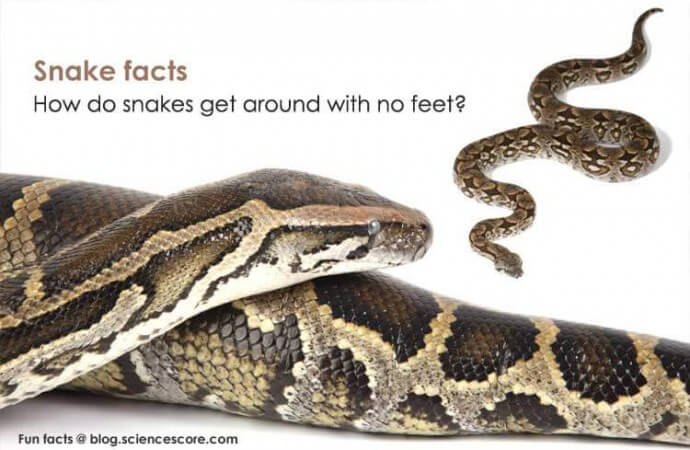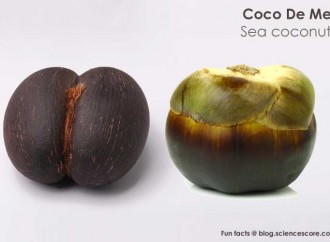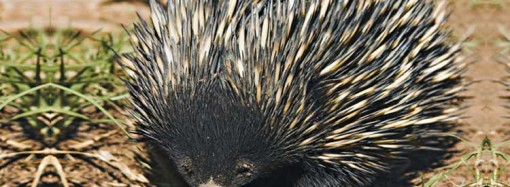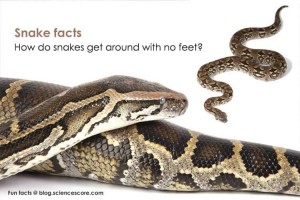If you’ve ever watched a snake slithering through the undergrowth, you might wonder how they manage to get around so well without feet. It’s all thanks to the snake scales! If you look at a snake’s skeleton, you can see that a snake’s body is mostly ribs (except for the head and tail). Each rib
If you’ve ever watched a snake slithering through the undergrowth, you might wonder how they manage to get around so well without feet. It’s all thanks to the snake scales!
If you look at a snake’s skeleton, you can see that a snake’s body is mostly ribs (except for the head and tail). Each rib attaches to a muscle that gives the snake a powerful and flexible body to move with, but without it’s scales, a snake would slide around instead of moving forward!
Take a look at your fingernails. Now gently pull one back just a little. You can feel that your fingernail is firmly anchored in your skin on one end, and not attached to anything on the other.. A snake’s scales are just like your fingernails, except its entire body is covered with them and they all overlap!
If you pet a snake, it feels smooth from head to tail, but rough if you try and pet it in the other direction. That’s because your finger is catching on the free ends of the snake’s scales.
That’s how snakes are able to get around. When they glide forward, the ground slides over the scales from head to tail, but when the snake stops to push off, the scales dig into the ground and give it an anchor. A snake’s scales get wider on its belly because the snake can get more grip from a wide scale than a narrow one, and its belly is almost always in contact with the ground. In fact, the only species of snake that doesn’t have wider belly scales is a sea snake! Can you guess why?
















































Leave a Reply